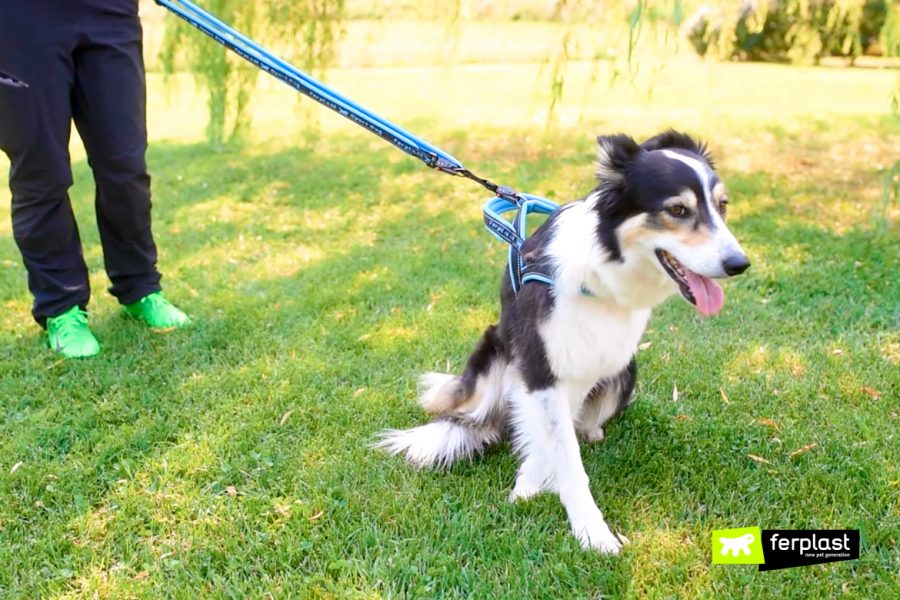The wellbeing of your dog is a priority to every pet parent. However, in order to guarantee his safety and that of those around it, it is necessary to respect certain rules. One of these is the use of a leash. Sometimes, however, your dog refuses to wear it, especially if he hasn’t been used to it since he was a puppy.
The use of a dog lead is compulsory. This accessory ensures the safety of your pet and those around him. Sometimes, however, dogs don’t want to wear a lead, probably because they were not used to it from an early age. It is important to get your dog patiently used to wearing the lead because it can take some time.
Causes of leash refusal
The most common cause of leash refusal is often lack of habit. Your dog needs to be taught to wear a lead from an early age for his own safety and for the one of those he meets on his walks. The sensation of having something around the neck can be annoying, so it is good to get dogs used to it when they are puppies, as they are more curious and willing to accept new experiences.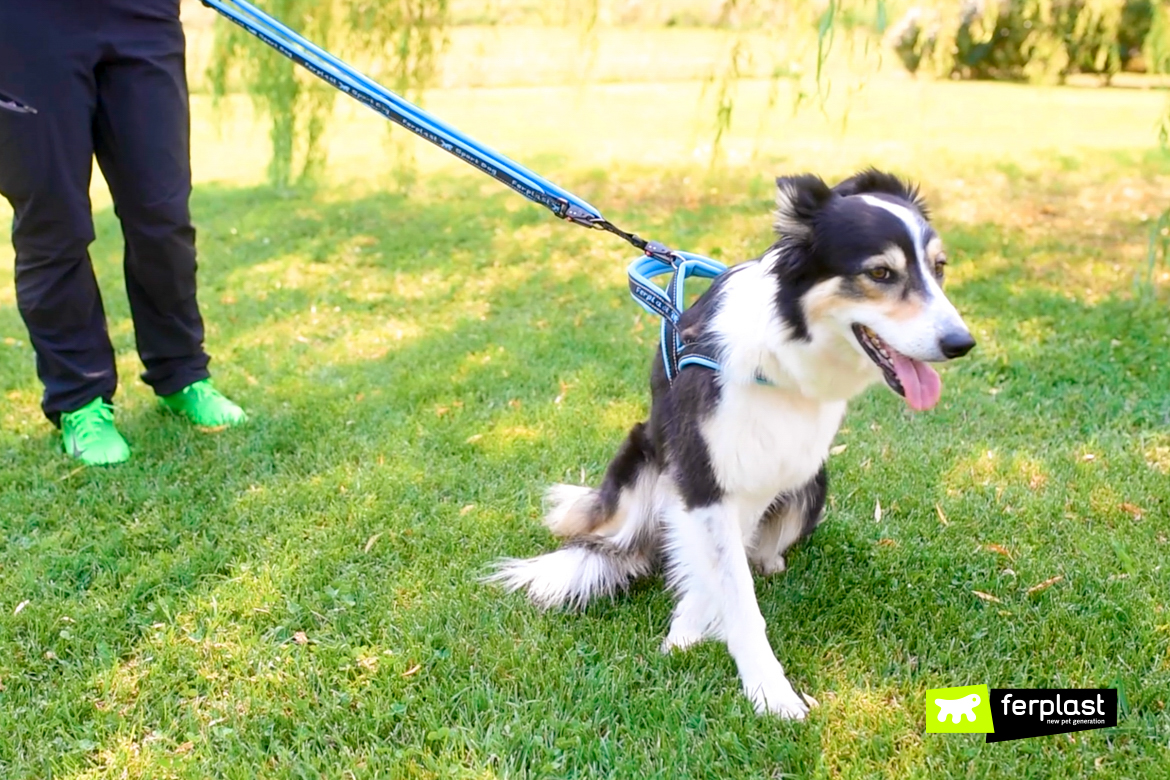
Dogs more prone to leash refusal
Leash refusal mainly occurs in dogs that have been adopted as adults or that have been abused. These dogs view the leash with distrust, if not with terror. They have often had to run away and therefore experience any potential restriction of their freedom with fear. Similarly, dogs that are not used to being sociable can also experience anxiety about the leash in situations that they perceive as risky.
Getting your dog used to the leash
A dog lead is also a legally required accessory. In order to get your dog used to wearing a lead, you must first choose the right one for your dog’s needs. Legislation states that the use of a dog lead in urban areas and places open to the public is compulsory. Ferplast’s new retractable lead, Flippy One, is perfect for this type of circumstance because, in addition to the free-flowing and momentary locking functions, it also has the function of locking at a specific length; all in a single button.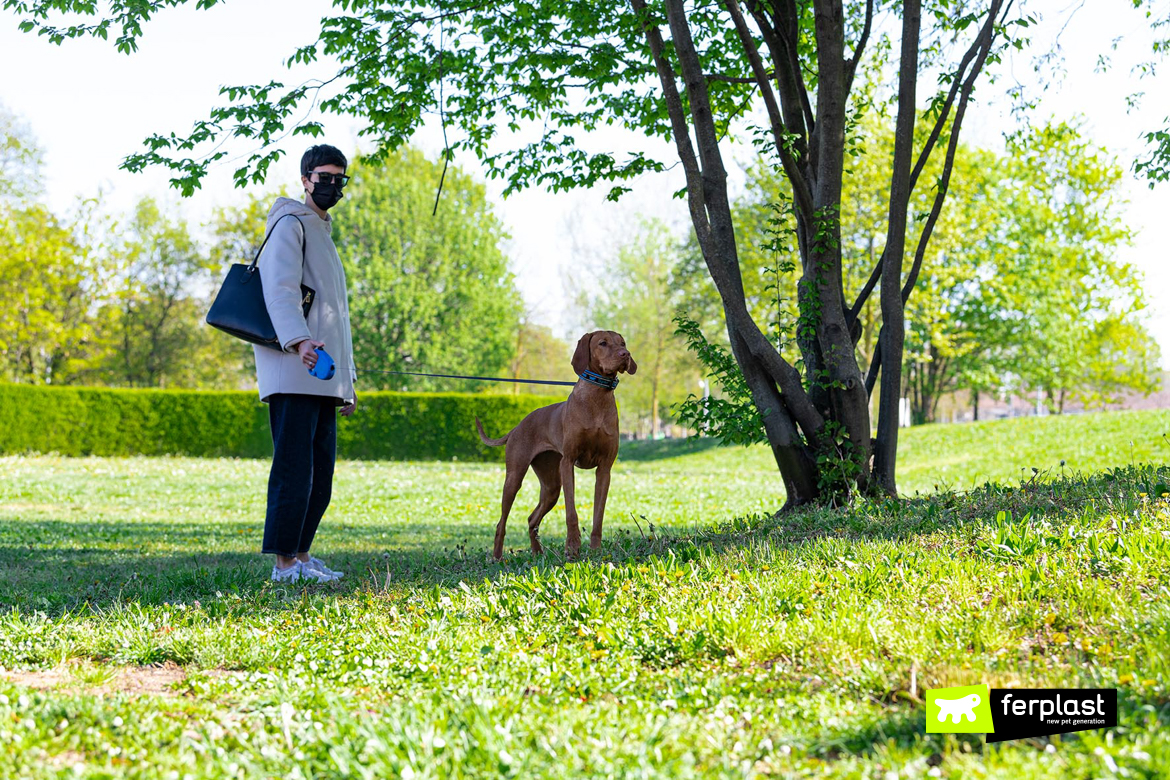 However, if your dog is large and unpredictable, it is advisable to use shorter leads, called handles, like those in the Sport Dog, ErgoFluo, Ergocomfort and Daytona ranges. This type of dog lead gives you even more control.
However, if your dog is large and unpredictable, it is advisable to use shorter leads, called handles, like those in the Sport Dog, ErgoFluo, Ergocomfort and Daytona ranges. This type of dog lead gives you even more control.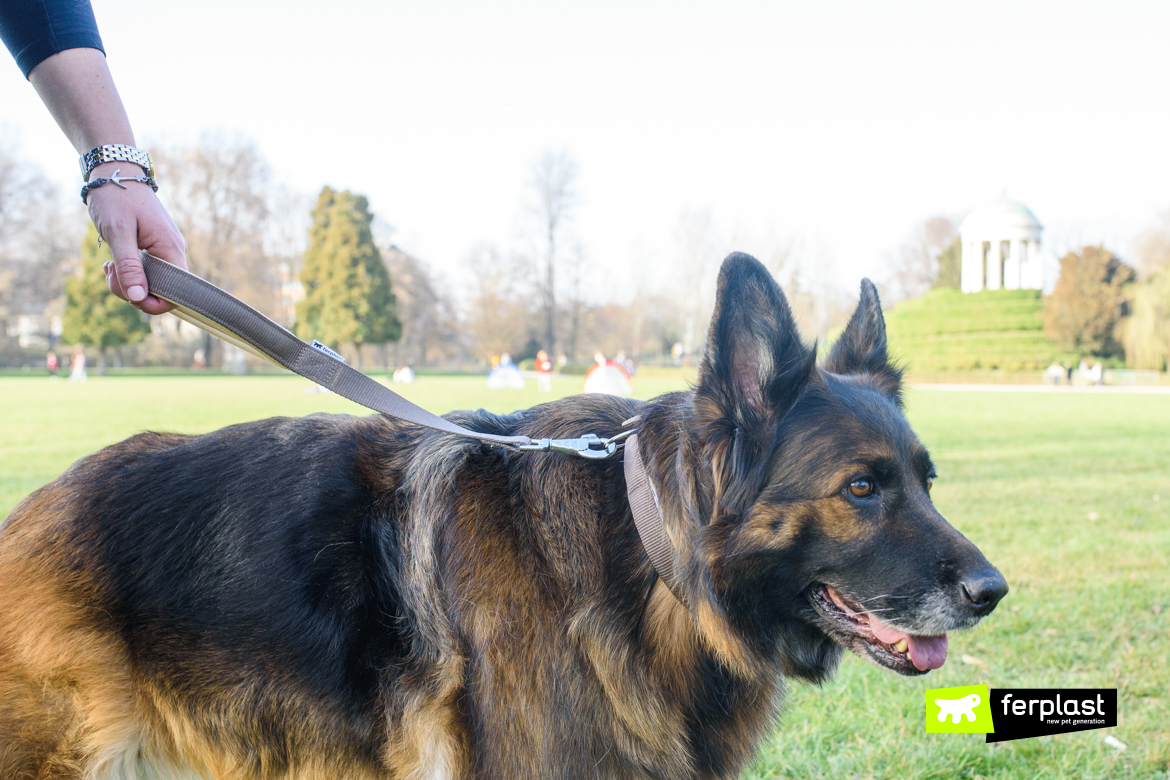
The best way to get your dog used to wearing a lead is to associate it with something positive. We can put it on while he is eating, wait until he finishes and then start walking around the house. It’s important to do things gradually, so that our dog does not experience the lead as an imposition. Initially, he should lead us on walks and only later we can start to go along with him and lead him without pulling too much.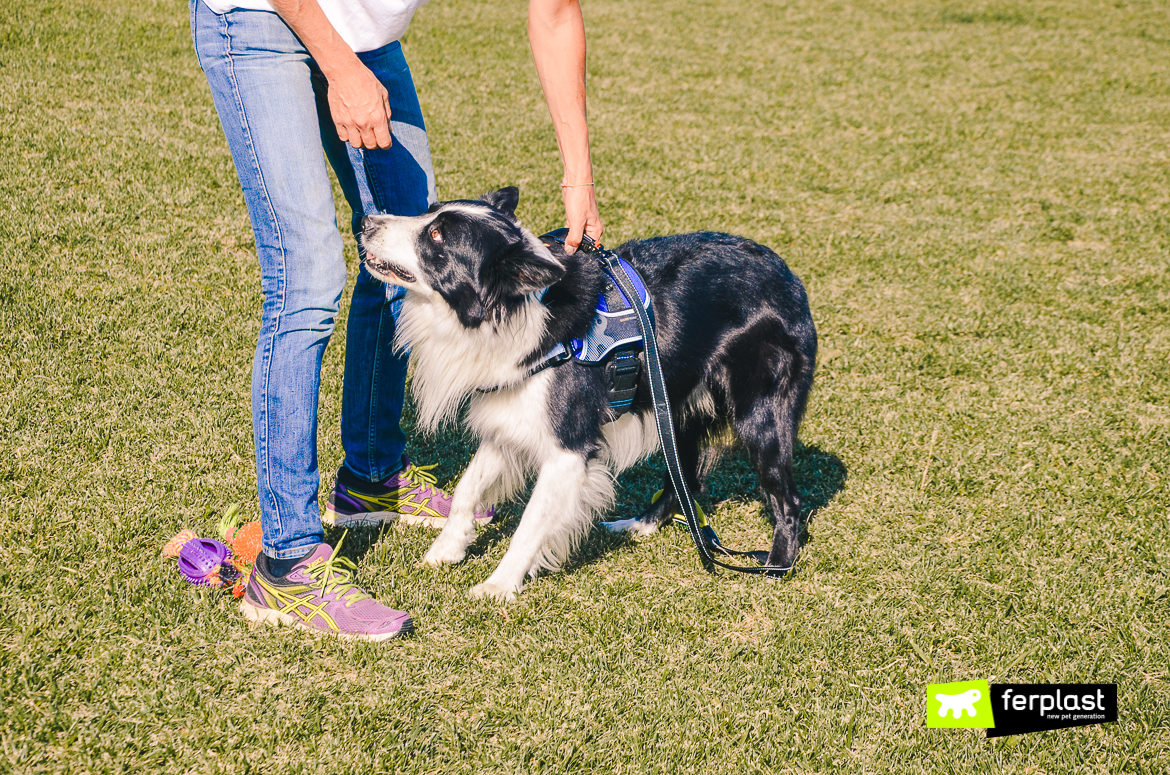
Dogs also find it difficult to obey if forced and unwilling. Therefore, if they refuse to wear a lead because they have never been used to it before, you must be patient and gradually educate them to use it.

